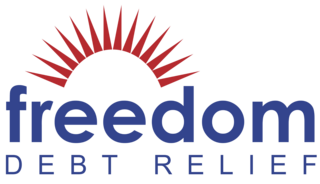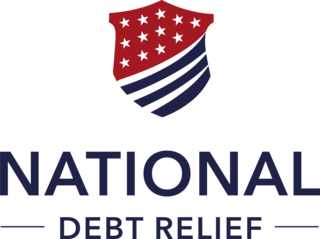Americans Are Stressed About Inflation. New Data Says They Should Be

A key inflation report came in hotter than expected on Wednesday, adding strength to the narrative that inflation is going to remain sticky — and could worsen in the future if President Trump makes good on his threats to launch a multi-front trade war.
The Consumer Price Index (CPI) for January came in at 0.5% from a month ago, compared to 0.4% in December. On a year-over-year basis, this brings inflation to 3%, compared to December's 2.9% reading. So-called core inflation, which backs out volatile food and energy prices, came in at 3.3% versus a year ago (compared to a 3.2% reading for December).
Dylan Bell, chief investment officer of CalBay Investments, says it’s likely that current inflation data reflects, in part, a common corporate practice of raising prices at the start of a calendar year. If tariffs do drive up prices, that would likely be reflected later, he adds.
“It’s so early,” he says, pointing out that Trump’s tactic of using tariffs as a negotiating ploy makes it hard to assess when and how their impact might be felt. “We’d have to let that play out for at least a couple of months,” he notes, adding that manufacturing and energy would likely be the first sectors where evidence of tariff-induced inflation might surface.
The January CPI data is yet another signal that the Federal Reserve’s fight against inflation is far from over — and other research indicates that the protracted nature of this battle is weighing more heavily on the minds and wallets of ordinary Americans, especially as fears mount about the potential for Trump’s policies to inflame prices.
Surveys suggest Americans are worried about the economy
According to the most recent readings from the University of Michigan’s Surveys of Consumers, consumer sentiment is flagging. American perceptions of both current as well as future economic conditions are lower than they were a month ago, and down more sharply compared with a year ago. People's expectations about their own personal finances have hit a low last seen in October 2023.
While viewpoints about the direction of the economy tend to be influenced by people's political leanings, these recent expressions of pessimism cut across generational, financial and ideological lines.
These findings are echoed by other surveys: Morning Consult found that consumer confidence, which had been buoyant since the election, took a U-turn in January.
The Conference Board's flagship consumer confidence index also found that Americans aren't feeling great about the economy, with an assessment of current economic conditions plunging by nearly 10 points in January. Expectations for economic conditions in the future dropped, as well. Most alarming: Inflation expectations climbed, with a slim majority of people now expecting interest rates to rise over the next year.
Americans are worried about the prospect of inflation not just lingering, but potentially escalating if President Trump makes good on his threats to implement widespread tariffs, curtail immigration and carry out mass deportations.
The University of Michigan survey results show just how dramatically Americans’ outlook has changed. Inflation expectations for the next year leaped a full percentage point, up to 4.3%. Researchers noted that an increase of this scope has happened only four other times since the survey began tracking it 14 years ago. In addition, survey respondents now believe that long-term inflation will run at 3.3% — the highest that expectation has been since June 2008, shortly before the 2008 financial crisis.
According to economists, there’s good reason to be worried. “The tariffs and radical changes in immigration policy suggested by Mr. Trump might yet prevent the Fed from meeting its inflation target,” Oliver Allen, senior U.S. economist at Pantheon Macroeconomics, warned in a research note.
This widespread belief that the inflation picture won’t improve anytime soon sets up a dynamic that’s potentially worse than just short-term gloom. Fear of higher inflation can trigger a self-fulfilling prophecy economists call a wage-price spiral. In a nutshell, when people expect prices to rise, they put pressure on employers to pay them more. Employers, in turn, raise wages but also hike prices, bringing about the outcome workers initially feared.
Josh Hirt, senior U.S. economist at Vanguard, says via email that policymakers have the unenviable task of monitoring the extent to which American workers, consumers and businesspeople think inflation is going to stick around, and then trying to keep an economically ruinous feedback loop from becoming entrenched.
"Inflation expectations will be important to monitor going forward, as they could signal consumer expectations for sticky inflation and influence how the Fed could proceed with policy,” he says.
More from Money:
10 Everyday Items Trump's Tariffs Could Make Pricier
Stockpiling Before Trump’s Tariffs? Experts Warn It Could Backfire
Small Change: What Happened When Other Countries Got Rid of Their Pennies




